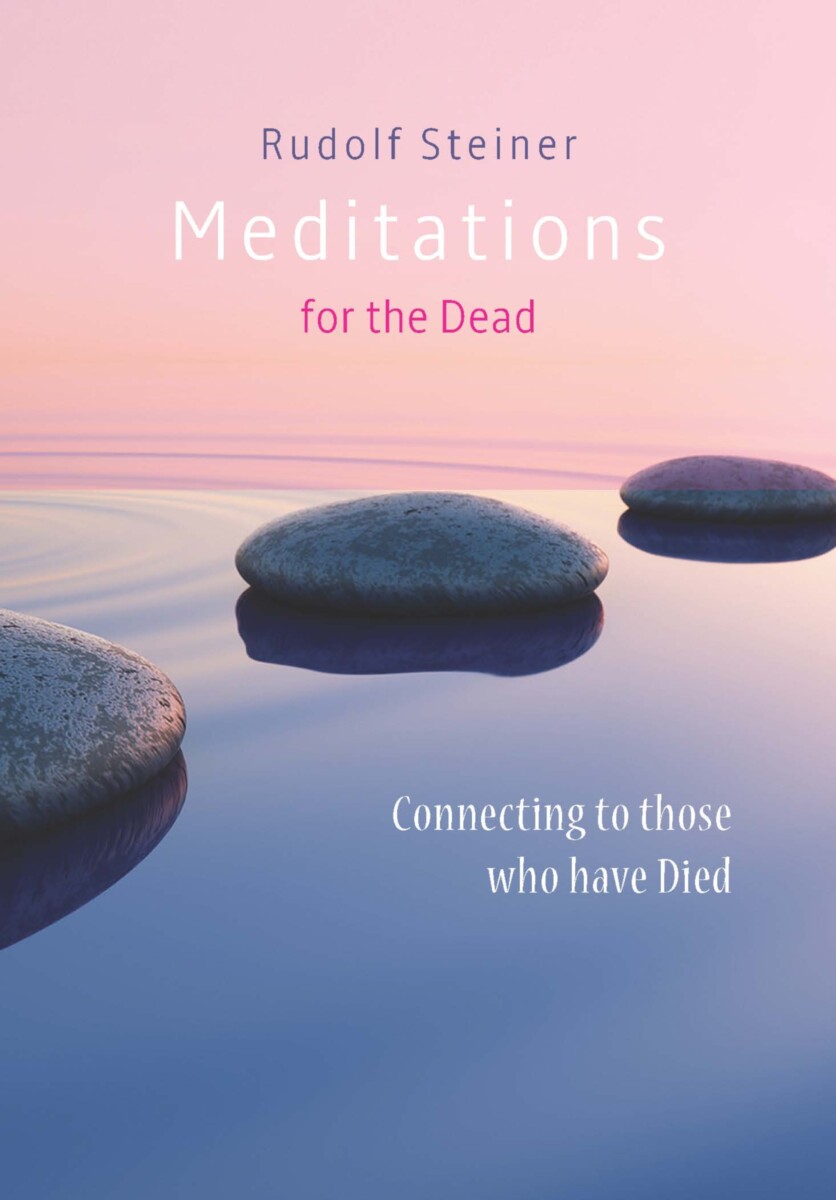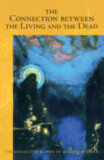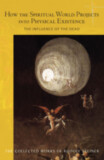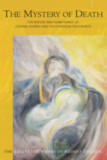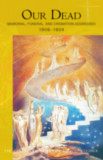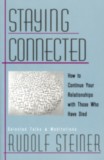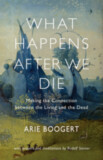- Publisher
Rudolf Steiner Press - Published
5th June 2018 - ISBN 9781855845480
- Language English
- Pages 64 pp.
- Size 4.75" x 7"
Whoever passes the door of death
dissolves into the elements,
gazes on dark midnight's bright sun,
stands before the upper and the lower gods.
(from the Egyptian)
As a spiritual teacher, Rudolf Steiner wrote many inspired and beautifully crafted verses. Often they were given in relation to specific situations or in response to individual requests; sometimes they were offered to assist generally in the process of meditation. Regardless of their origins, they are uniformly powerful in their ability to connect the meditating individual with spiritual archetypes. Thus, the meditations provide valuable tools for developing experience and knowledge of subtle dimensions of reality.
Matthew Barton translated and selected Steiner’s verses, arranging them with sensitivity by theme. In this collection for maintaining a connection to those who have died, Rudolf Steiner offers hope and consolation to those who are bereaved.
The first section features words of wisdom on death and its deeper, spiritual meaning.
In every life there lies
life's new seed:
the soul dies from the old to ripen
immortally towards the new.
The second section consists of verses that emphasize the continuing links between the living and the dead, indicating how our thoughts can help those who have departed earthly life.
The final section is devoted to verses that express something of what the dead experience in their new existence.
C O N T E N T S:
Introduction
1. What Is Death?
2. Living with the Dead
3. Waking to Another Life
Notes
Index of First Lines
Rudolf Steiner
Rudolf Steiner (b. Rudolf Joseph Lorenz Steiner, 1861–1925) was born in the small village of Kraljevec, Austro-Hungarian Empire (now in Croatia), where he grew up. As a young man, he lived in Weimar and Berlin, where he became a well-published scientific, literary, and philosophical scholar, known especially for his work with Goethe’s scientific writings. At the beginning of the twentieth century, he began to develop his early philosophical principles into an approach to systematic research into psychological and spiritual phenomena. Formally beginning his spiritual teaching career under the auspices of the Theosophical Society, Steiner came to use the term Anthroposophy (and spiritual science) for his philosophy, spiritual research, and findings. The influence of Steiner’s multifaceted genius has led to innovative and holistic approaches in medicine, various therapies, philosophy, religious renewal, Waldorf education, education for special needs, threefold economics, biodynamic agriculture, Goethean science, architecture, and the arts of drama, speech, and eurythmy. In 1924, Rudolf Steiner founded the General Anthroposophical Society, which today has branches throughout the world. He died in Dornach, Switzerland.


